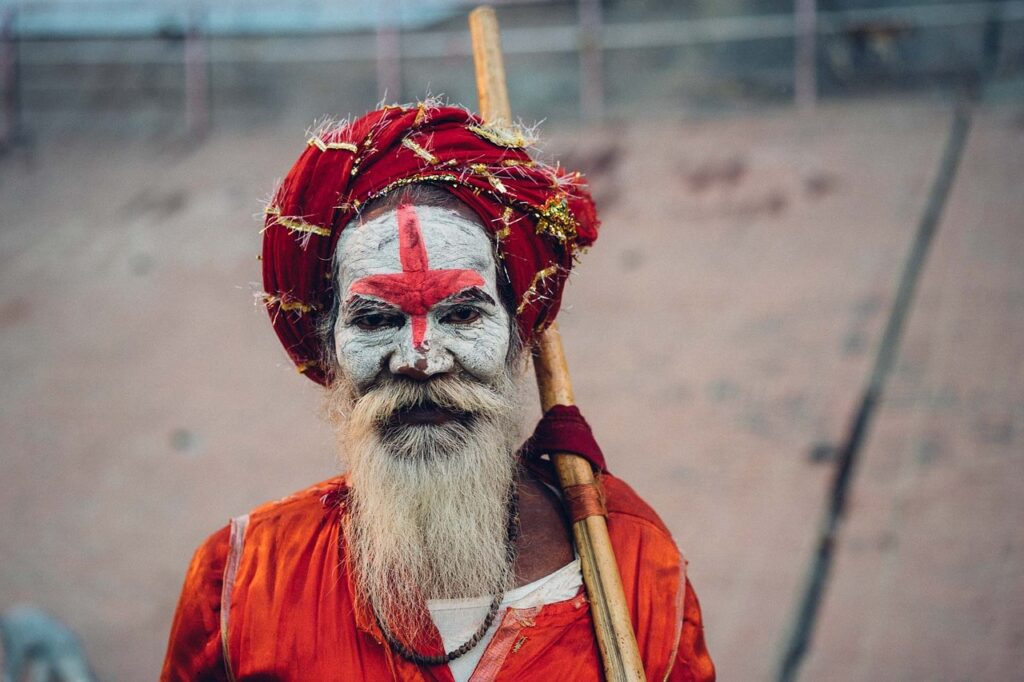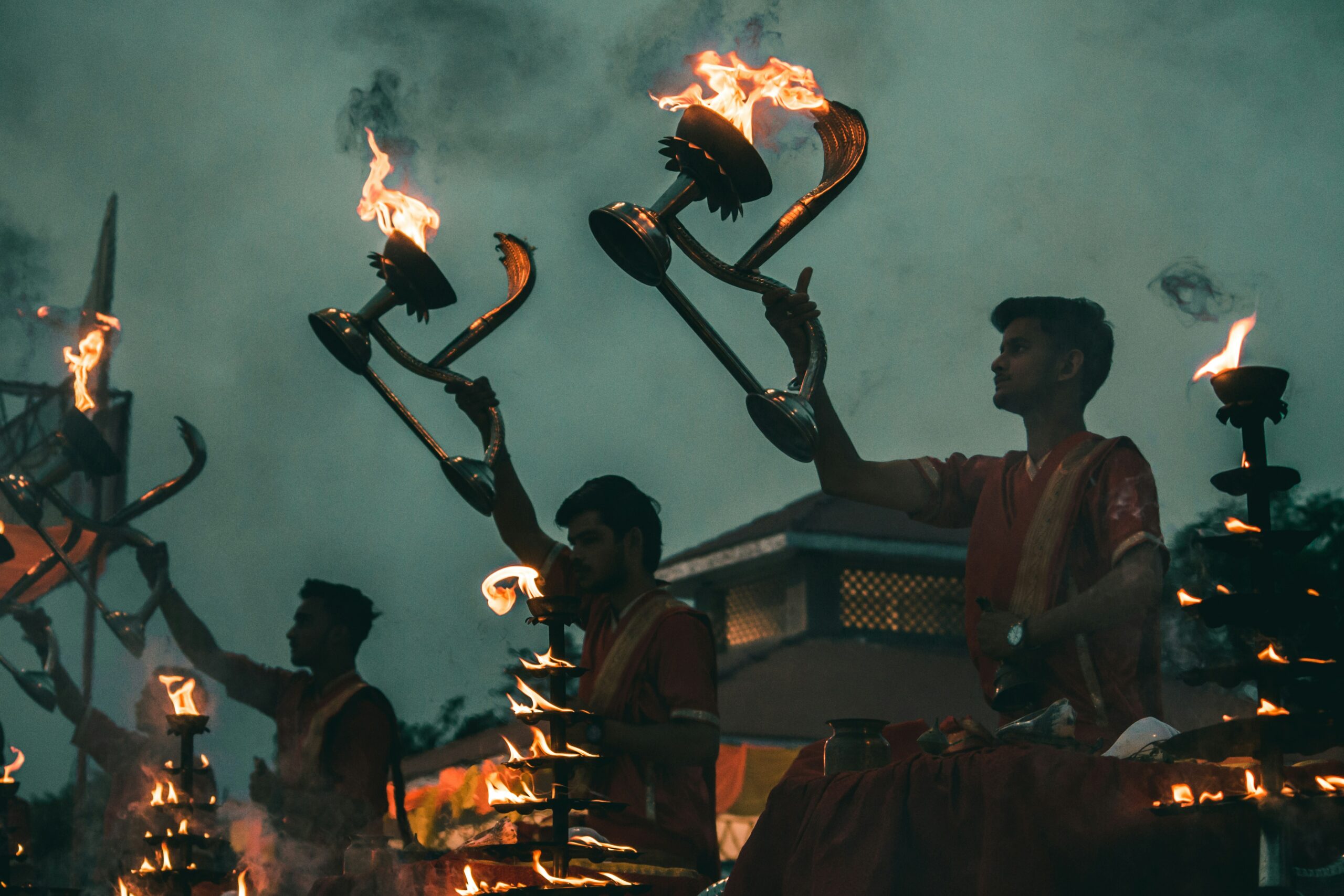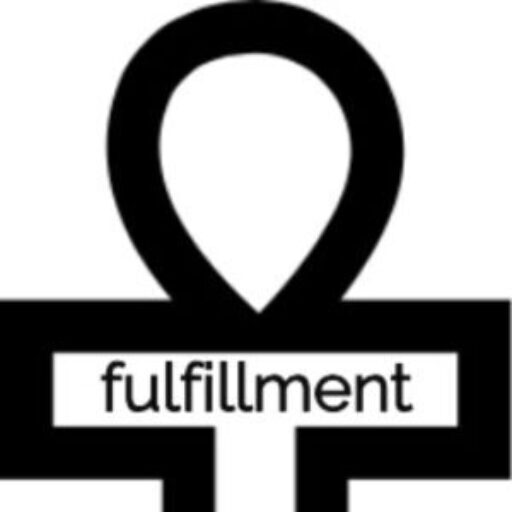Why Visualize Death Before We Die

There is a meditation practice in Buddhism named Maranasati, which means the mindfulness or awareness of death. Death is the ultimate truth, although we shirk away from contemplating about it. We come into this world naked and leave naked. Only our true self, our soul, is eternal. We keep on cladding our true self with layers of ego driven traits primarily motivated by the need to feel superior, prove ourselves, or seek external validation. But we were not born with these traits, we were not born with our egos and its associated selfishnesses. When we die, our soul, which is our true self, stares at our ego, our conscious self. Moreso to ask, is this what we lived for? Thus, in this post, let’s delve into why we should visualize death before we die.
“Death is not the greatest loss in life. The greatest loss is what dies inside us while we live.”
~ Norman Cousins
Contents
Related Posts to Why Visualize Death Before We Die
- 7 Reasons People Don’t Find Purpose in Life
- 10 Drivers For Finding Fulfillment in Life
- Why Purpose is Core to Living a Fulfilling Life
Why Visualize Death Before We Die

What Do We See When We Visualize Death?
It is imperative to ask what do we see when we visualize death to understand why we need to visualize death. When we visualize death, we are leaving behind everything that we hankered for in our mortal lives. Be it possessions or relationships, all our attachments. With attachments, we mean selfish desires to which we want to cling on as long as possible since they feed or validate our egos. Our ego is a psychological construct that serves as a defense mechanism to protect our sense of self. Thus, it’s all about our individual or conscious self, which fosters separateness from our true self.
At death, our true self or soul reunites with the universal self, returning to the infinite source from which it originated. The universal self is a concept that transcends the boundaries of individual identity and refers to a collective or higher consciousness shared by all existence. We live in an interconnected universe, but often we cannot understand or recognize this. Just imagine it took billions of years for the earth to evolve and support life forms as advanced as the human being. Quantum physics, in its early stages, is trying to explain the science behind it.
When we contemplate death, our ego also wants to surrender. Trying to say we have fought enough to resist change and accepting life as it is. But the time has now come. It’s time to surrender to the almighty force that created and sustains the universe with its complex physics laws that science can only try to explain.
What is the Purpose of Our Life?
Visualizing death also begets the question: what is the purpose of our life? Was the purpose of our life only achieving our selfish desires and passions? To make us happy? Happiness is fleeting, because after happiness we experience sadness and then suffering, since the truth of our lives is everything changes and nothing is permanent.
What is more permanent is the inner peace and a sense of equanimity with ourself that we gain from deeper realization of this truth. This profound understanding, often referred to as self-realization or self-actualization, allows us to transcend the transient joys and sorrows of life.
Did We Live Our Purpose?
That further begets the question: did we live our purpose in life when we stare death? It may seem too late then if we realize we didn’t. This is such a profound question, and it strikes at the very heart of what it means to live meaningfully. Contemplating whether we lived our purpose in life when staring at death can indeed feel daunting, but this reflection can inspire us to live more intentionally now—before it’s too late.
What Did We Miss and Why?
If, at the moment of death, we realize we didn’t live our purpose in life, what we missed isn’t just a checklist of achievements—it’s something far more profound: the opportunity to live a purposeful life. A life that we could have lived selflessly in serving and loving others unconditionally. Did you realize the joy you get when you help someone you don’t know expecting nothing in return? The question we ask ourself at death: did we miss experiencing that infinite joy?
Realize we prioritized external achievements over inner fulfillment and avoided discomfort that could have led to transformation. It is often easier to switch on the TV or binge on Netflix to avoid facing the void in our hearts. It’s easier to turn outside for fleeting happiness and instant gratification than turning inside and know ourselves.
It needs introspection to build self-awareness to understand the root cause of our anxieties, fear and stress that prevented us from living a fulfilling life. Deep contemplation and mindfulness reveal that these anxieties, fears, and stresses stem from selfish attachments driven by our egos.
What Could We Do Before We Die?
Before we die, we got the chance to live our life fully only for once. It’s time to delve into our insecurities and fear. Why do we fear what we fear? What causes our anxiety and worry about the future? Why do we want what we desire? Is it to gratify or satisfy our egos? If so, then they are selfish desires. What if the desires are to serve others selflessly without being attached to the outcome? Which of these two do you think causes anxiety and stress?
Our egos want us to control the outcome of our actions, so it makes us worry, making us feel anxious. We get attached to a specific outcome from our actions, whether it is work or relationship. What I mean by attachment is our happiness or unhappiness gets controlled by the outcome of our actions. We depend emotionally on the outcome. We can only try, but external factors control the outcome beyond our control. Why can’t derive contentment from making our best effort and leave the results of our actions to god? The Bhagavad Gita teaches the concept of Karma Yoga—the path of selfless action—and emphasizes that we should perform our duties without attachment to the fruits or outcomes of those actions.
So, in a nutshell, why should we let anything or anyone control our inner peace and even our sanity? If we can detach ourselves from the outcome of our actions, we can transcend happiness and unhappiness and live life with equanimity, maintaining our inner peace. We can then embrace life with its ebbs and flows. It is our ego that resists us from surrendering to the present moment. Realizing the transient nature of life that nothing is permanent. We can experience inner peace by accepting change with gratitude.
Conclusion on Why Visualize Death Before We Die

When we visualize death, we look eye to eye at our biggest fear. That is death. When we accept death, the fear of it—and many other fears—loses its power. Visualizing death before we die brings clarity, urging us to live with meaning and purpose. Where we are free from attachments and selfish desires. It reminds us of life’s impermanence, pushing us to focus on what truly matters—selfless service and unconditional love.
In a nutshell, visualizing death can lead to a profound dissolution of the ego and transcendence of the individual self to an universal self where we are no more separate from the universe but merge into unity, offering a deeper understanding of life and existence.

Leave a Reply
You must be logged in to post a comment.